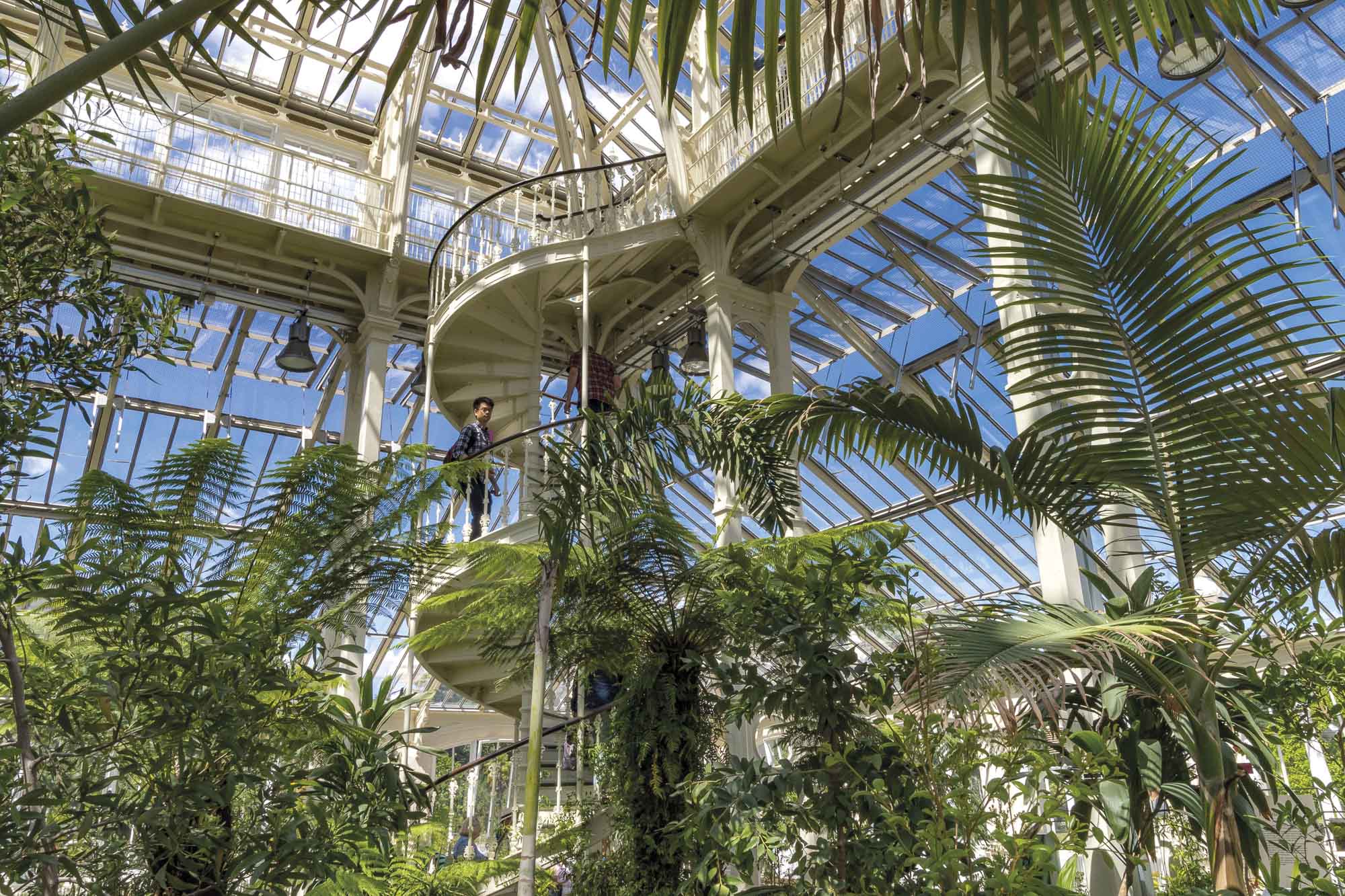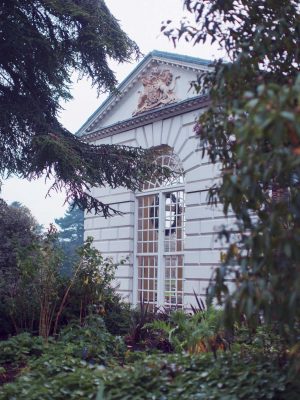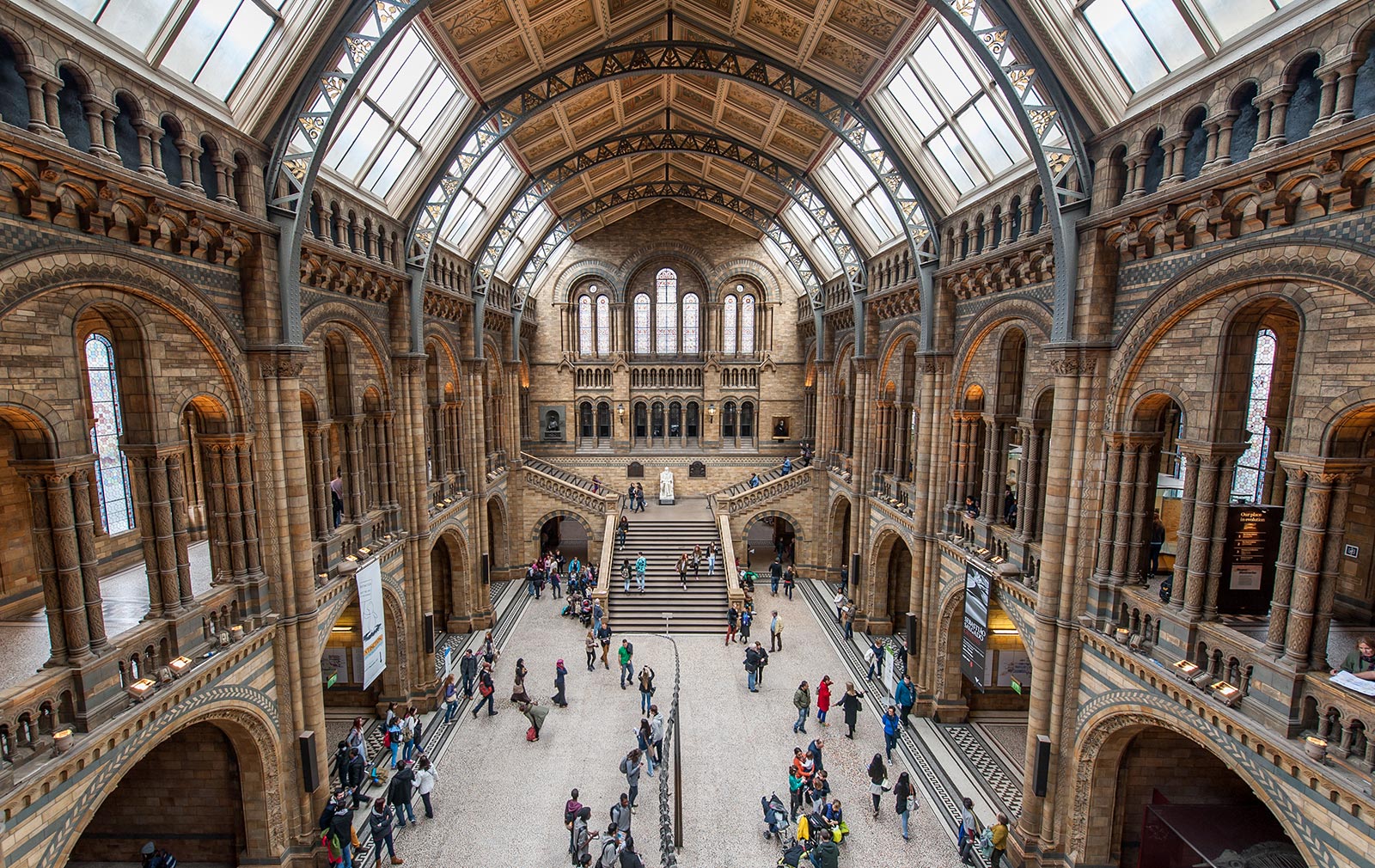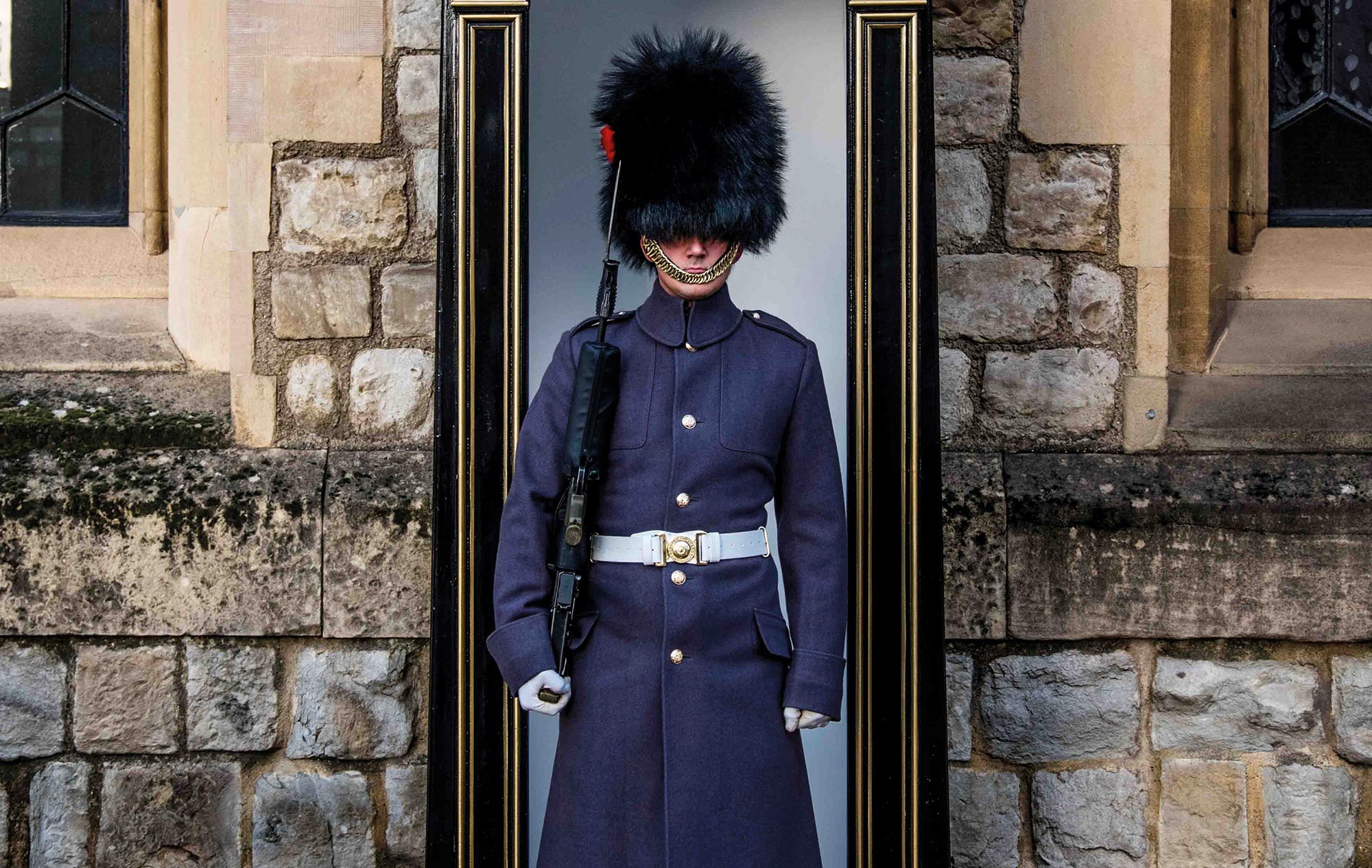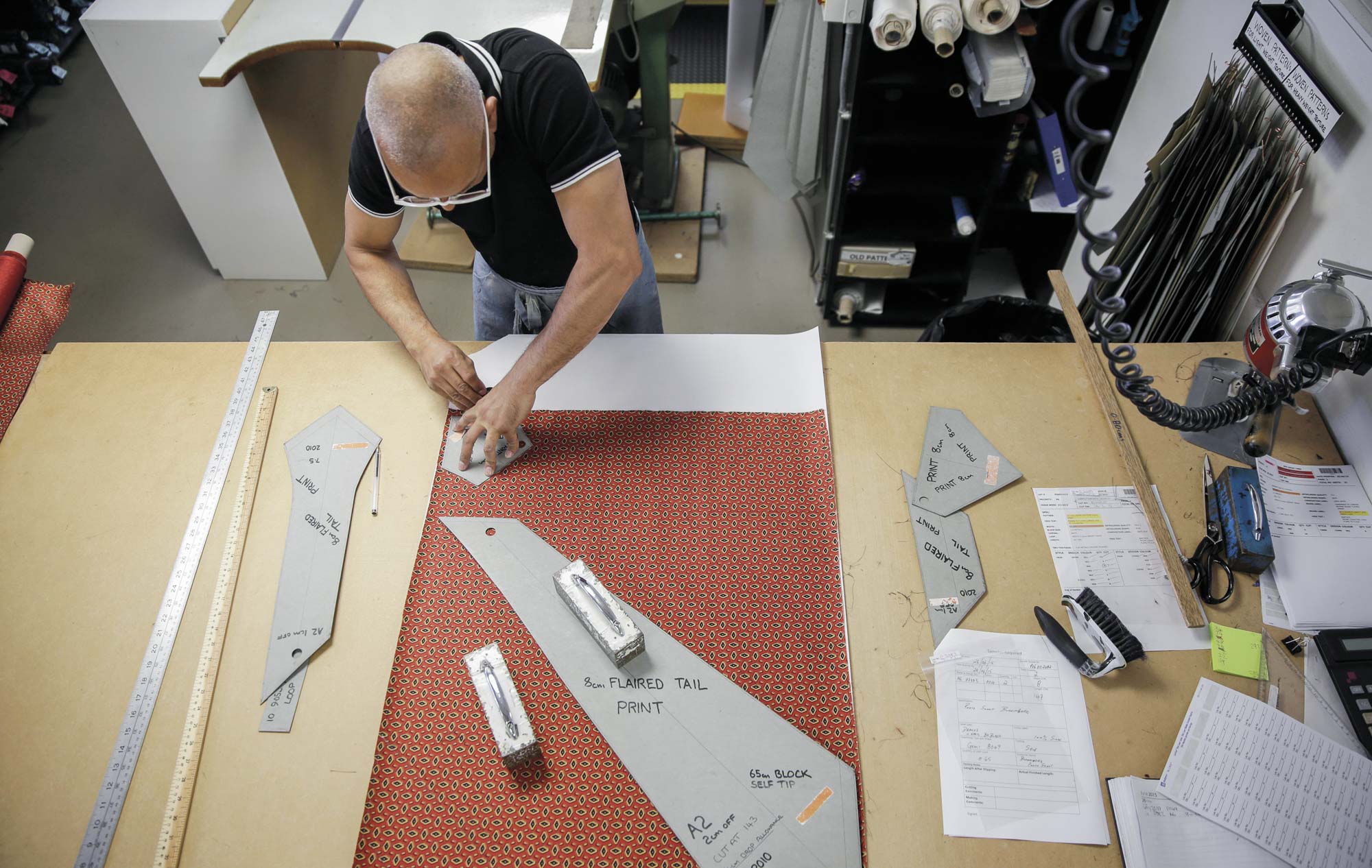Royal weddings in the spring sunshine; Hyde Park under the first snow of winter; Hugh Grant looking diffident. The English might not have a reputation for being the most emotional people on earth, but when London does romance, it does it beautifully. And as Prince Harry’s ancestors would no doubt agree, few places in the British capital feel quite as magical as Kew Gardens.
A mixture of wild, floral abandon and meticulous planning, these vast west London gardens are filled with extraordinary trees – many of which were brought as saplings from as far afield as Madagascar, China, Peru and South Africa. Nestling below them are very English banks of foxgloves, roses and violets.
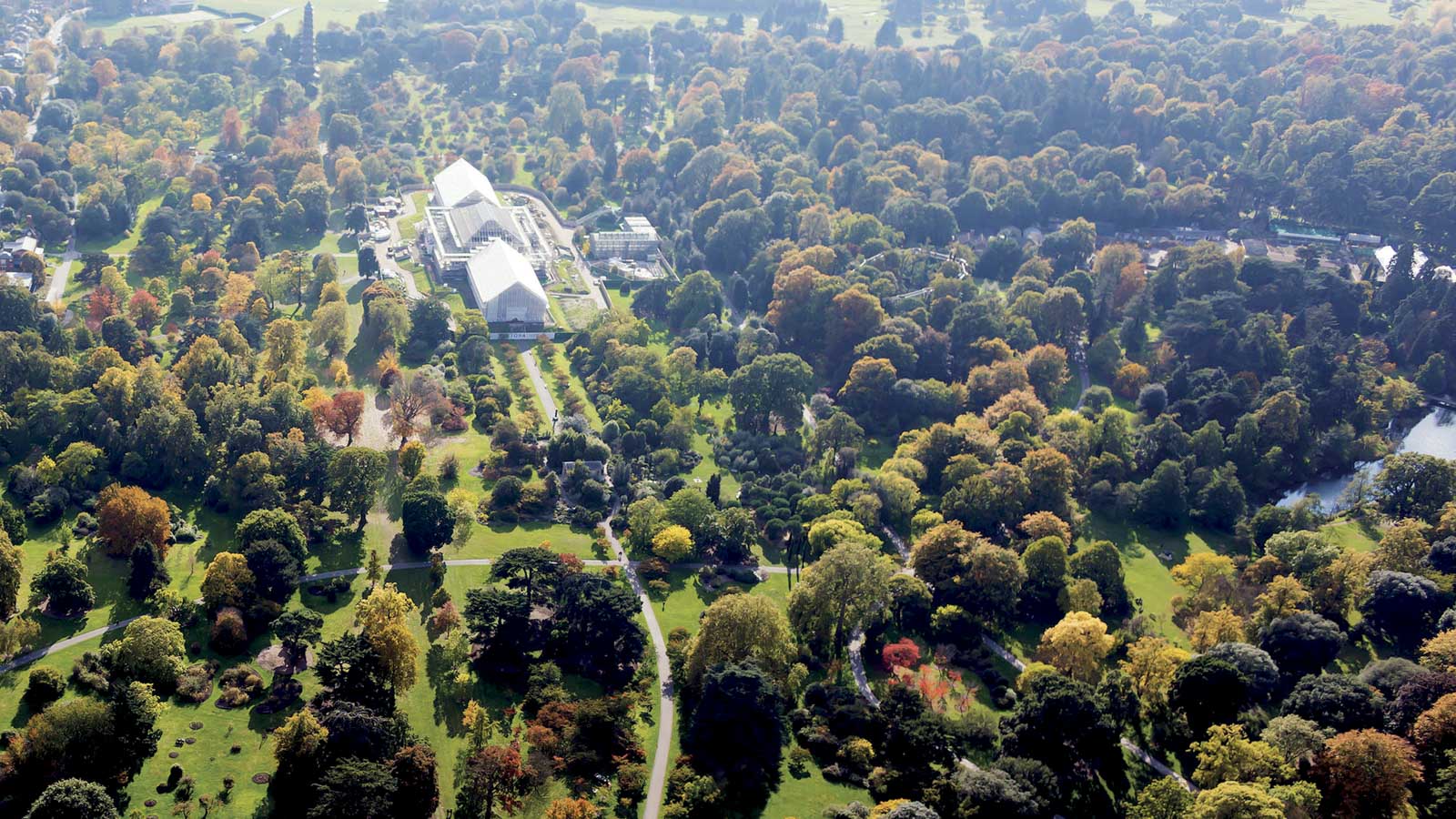
There are weeping willows drifting over lakes covered in Asian waterlilies, walled gardens overflowing with pastel-coloured flowers from South America, and tree-lined pathways leading to woods drunk on wild violets. Dotted everywhere are UNESCO-preserved buildings filled with hothouse flowers and pretty cafes.
And there is now more reason to go, as the jewel in Kew Garden’s crown has recently reopened after a serious makeover. The breathtakingly beautiful Temperate House has had a £41 million (HK$413 million) refurbishment and has regained its place as one of the most extraordinary buildings in London.
Designed by Decimus Burton in 1860, it has been the largest glasshouse in the world since its construction. Walking inside, it is difficult to know what to marvel at first – the imposing Victorian structure or the other-worldly plants that reach precariously towards the glass roof.
The refurbishment took five years, with 10,000 plants uprooted and replanted, 15,000 panes of glass replaced and 69,000 sections of metal, stone and timber repaired. There was enough scaffolding to stretch from Hong Kong to Macau three times over and more than 1,000 people working on the project. Light now floods into the glasshouse, partly because the tallest plants, which were brushing the ridge of the roof, have been pruned or replaced with shorter specimens.
Several of the plants in here are part of international conservation projects to preserve or reintroduce them in the wild. One is the South African cycad Encephalartos woodii, also known as the ‘loneliest tree in the world’. A survivor from the time of the dinosaurs, it is now extinct in the wild, and only this male specimen – a clone of the tree which arrived at Kew Gardens in 1899 – remains. Unless a female is found, it will never reproduce naturally.
James Green
Much like the Victorians who came before me, I touch the spiky leaves and sticky flowers of endangered plants that had crossed the world to get to this corner of west London. There’s the Dombeya mauritiana, a tree that was thought to be extinct before one was found in the highlands of Mauritius, and the Nepalese Taxus wallichiana – the source of an anti-cancer drug.
David Attenborough, the conservationist and a long-time nearby resident, has described the Temperate House as his favourite place in London. ‘I first came here when it cost a penny and the public were let in almost under sufferance,’ he told the BBC Today programme. ‘When I had an office job with the BBC, I used to come down at weekends when I was feeling really depressed and take a deep breath because there was the smell of the tropics here.
‘It’s a breathtakingly beautiful building and part of the most important botanic institution in the world. Kew Gardens does a lot of things nothing else can do – if you want to identify something, this is the ultimate authority. Plant species can go extinct just like animal species, and it’s here that they identify possible problems and diseases.’
Like many of Kew’s local residents, Attenborough missed the great glasshouse terribly over the last five years and will return to it with joy. He lives in nearby Kew Green, which harks back to the England of Thomas Hardy and Jane Austen. Cricketers play on the grass in summer and locals spill out of the wood-beam pubs to drink cider or Pimm’s in the sunshine. And everyone has a membership to Kew, where young couples often walk hand in hand under the imposing trees, and parents take their children to play in the autumn leaves.
And while the locals may have missed Temperate House, they have had plenty of other distractions. Near Elizabeth Gate are the tropical, palm-filled greenhouses that steam up your glasses and bring a flush to your cheeks, even as the English drizzle patters down outside. There is a palace King George II lived in, and the Orangery – a glass covered restaurant overlooking the Chinese garden, where the delicate leaves of very foreign-looking trees drift in the mild breeze.
More London travel experiences:
Kew’s Arboretum houses 14,000 trees. Tony Kirkham, who oversees it, specialises in Chinese trees and shows me a rare magnolia he collected near Chengdu nearly 40 years ago as a sapling, alongside an even taller one that was brought to Kew Gardens in 1898. He talks of China as the ‘mother of gardens’, thanks to its extraordinary diversity of tree species, many of which urgently need to be preserved. ‘The trees are safe here, as they’re in one of the greatest natural libraries in the world,’ he said, with an almost fatherly rub on one of their trunks.
But Kew Gardens is also extraordinary in that it achieves that unusual mix of wonderfully evoking a past era while also being a world leader in modern botany. In its research facilities, a series of fridges contains the DNA of more plants than exist in the Amazon basin. Another room is covered in test-tube bottles of fungi – one of which has been found using its enzymes to break down plastic. Researching this fungus could help us solve the world’s plastic-waste problem.
Meanwhile, the Herbarium, all spiral scarlet staircases and Hogwarts-like rows of books, has a seed collection of 25 percent of all global flora. Tim Utteridge, one of the world’s leading botanists, shows me a vast tome containing cuttings from Darwin’s Voyage of the Beagle. The stiff sprigs of dried leaves date back to 1839, with Darwin’s sloping handwriting underneath.
There is something deeply romantic about this history, but romance also happens every day here – as my own family witnessed a few weeks ago, when my brother married his girlfriend amid the giant waterlilies and hot-headed flowering cactuses of the Princess of Wales Conservatory in Kew Gardens. Later we walked past the damp autumnal leaves of trees born in far hotter climes than this one, towards The Orangery glasshouse. There, we danced and watched the sun set over the greatest – and oldest – living library of exotic plant species in the world.



